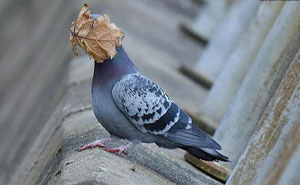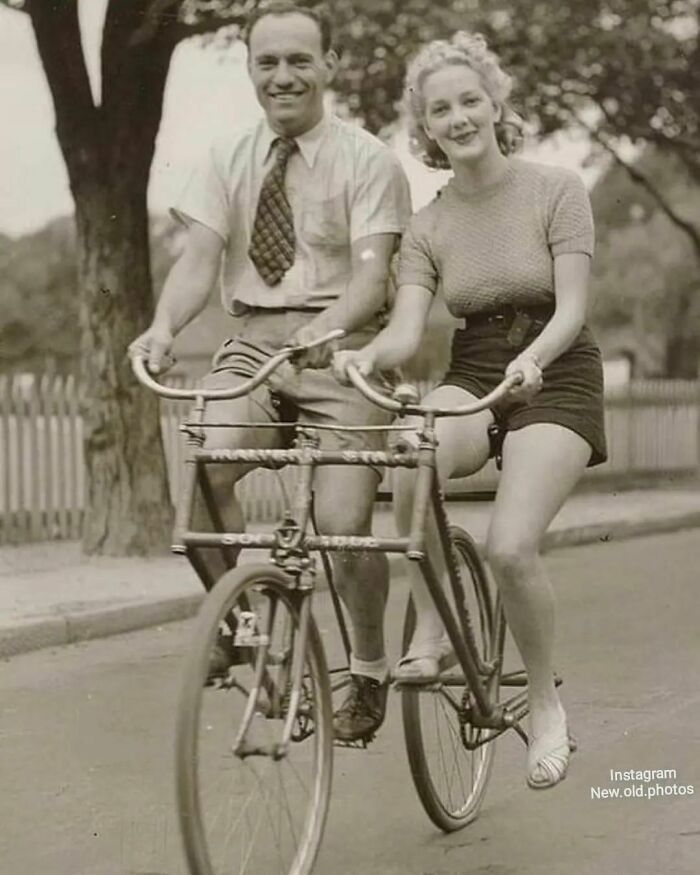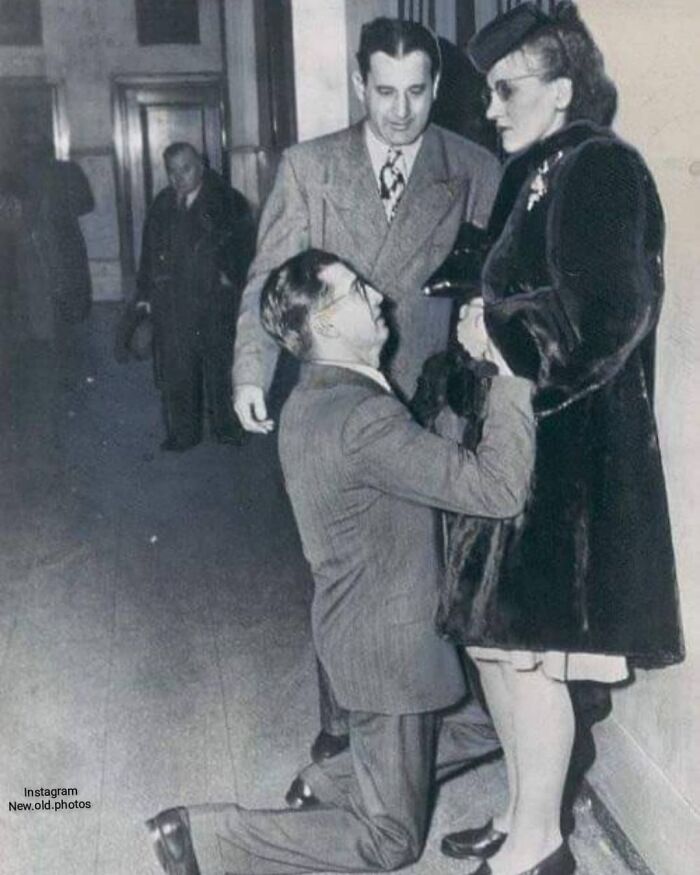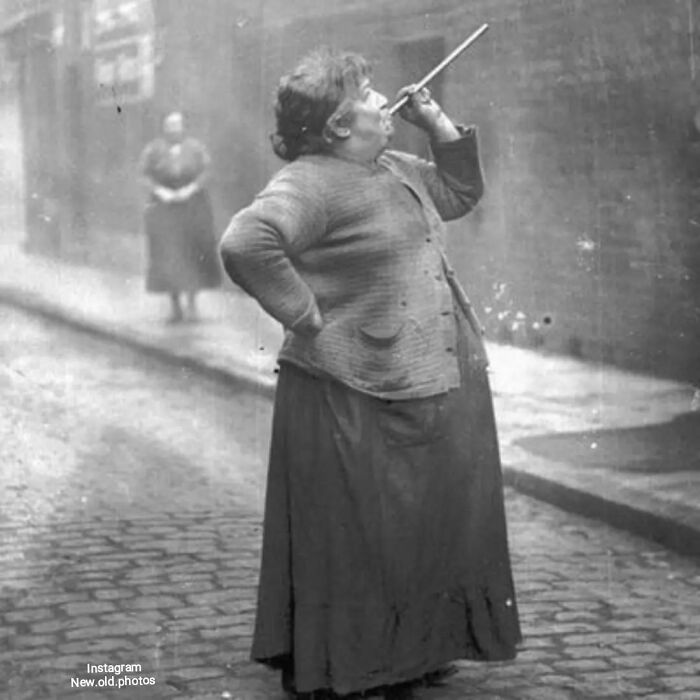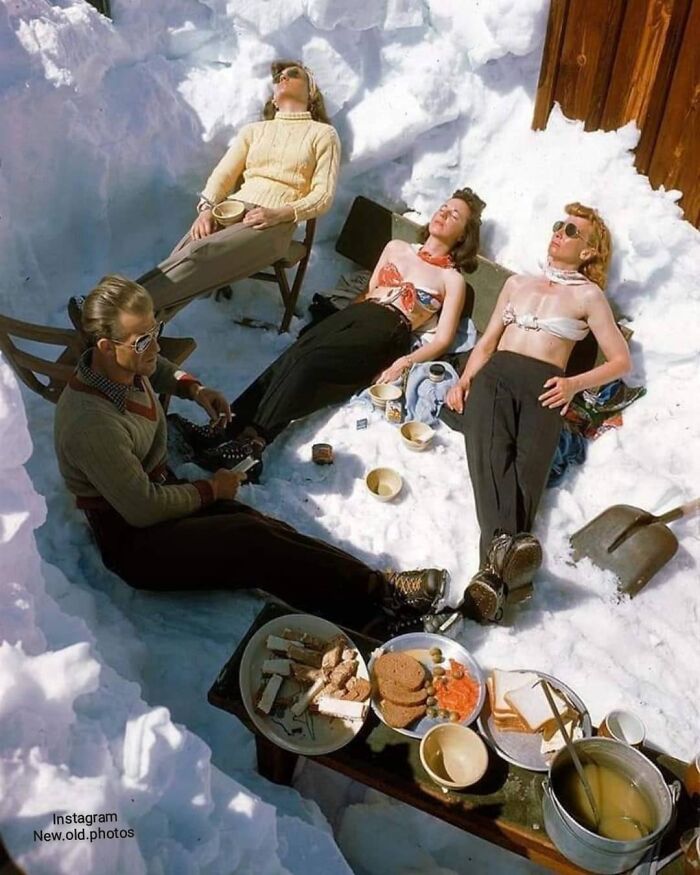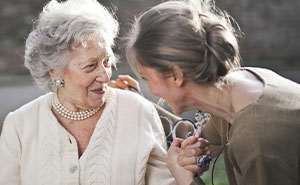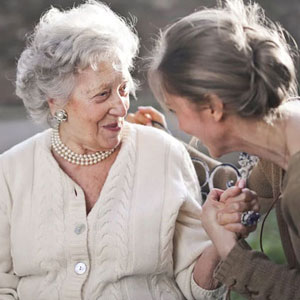The Instagram account ‘New Old Photos’ is a great example of this. From auto mechanics in the 1920s to a Dutch open-air school in the 1950s, it shares interesting pictures that transport us to bygone eras and build a connection to the past. More info: Instagram “While we might be accustomed to skepticism of photos in the age of Photoshop, photo editing isn’t the only thing that should give us pause.” “There’s always the chance that the viewer is seeing an intentionally skewed perspective,” Wilkey highlighted. “A picture might be worth a thousand words, but sometimes it takes a thousand words to explain the context of a single photo. As avid Bored Panda readers probably know, pictures can be very strange without context. “For example, the internet has, for years, made fun of North Korean dictator Kim Jong Un for marveling at seemingly cool but likely fake things like modern and well-stocked grocery stores,” Wilkey added. “These photos are meant to be representative images portraying for Kim’s people and for foreigners that North Korea is a modern and well-nourished society. [But] the reality is a bit different.” “They are important for historical photographs because of the power and usefulness of photography in political propaganda.” North Korea is a great example of a regime that uses photography for propaganda, but Wilkey said that the Soviet Union and the US were well versed in the subject too, particularly during the Cold War and the Space Race. “Roosevelt’s opponents argued it was political propaganda, while his proponents argued it was an accurate depiction of what was happening. Ultimately, most scholars have concluded that, while it accomplished political ends, it was indeed an accurate portrayal of reality.” Follow Bored Panda on Google News! Follow us on Flipboard.com/@boredpanda! Please use high-res photos without watermarks Ooops! Your image is too large, maximum file size is 8 MB.
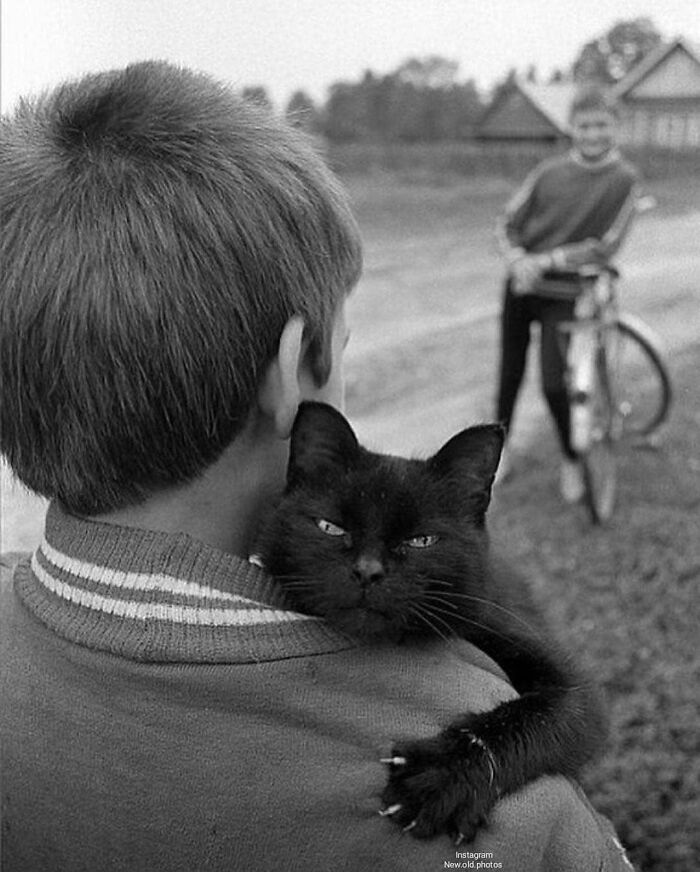


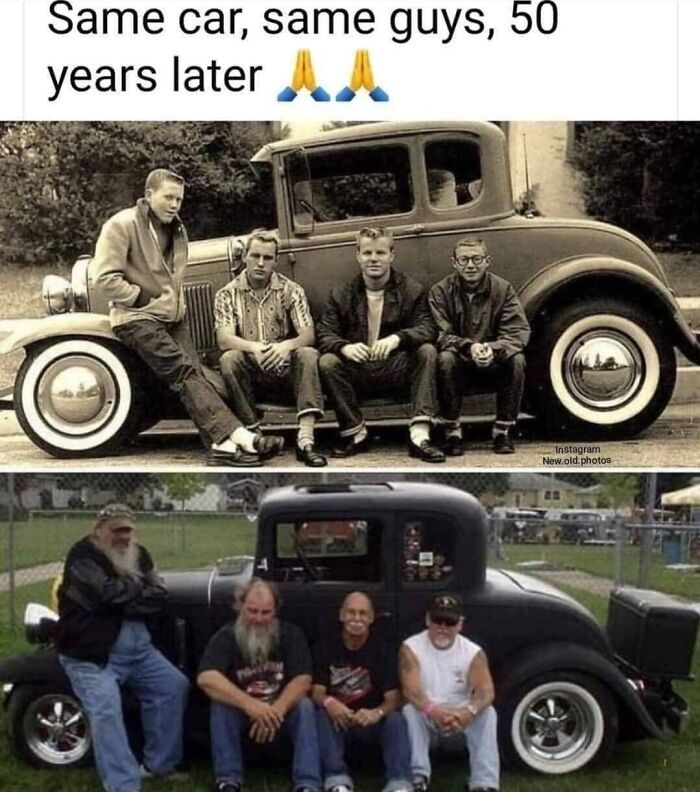





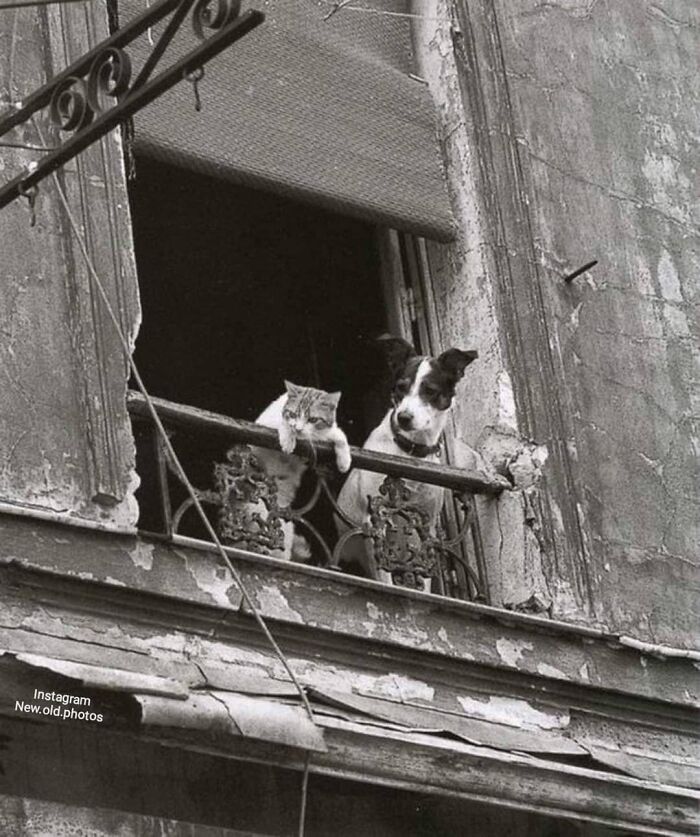





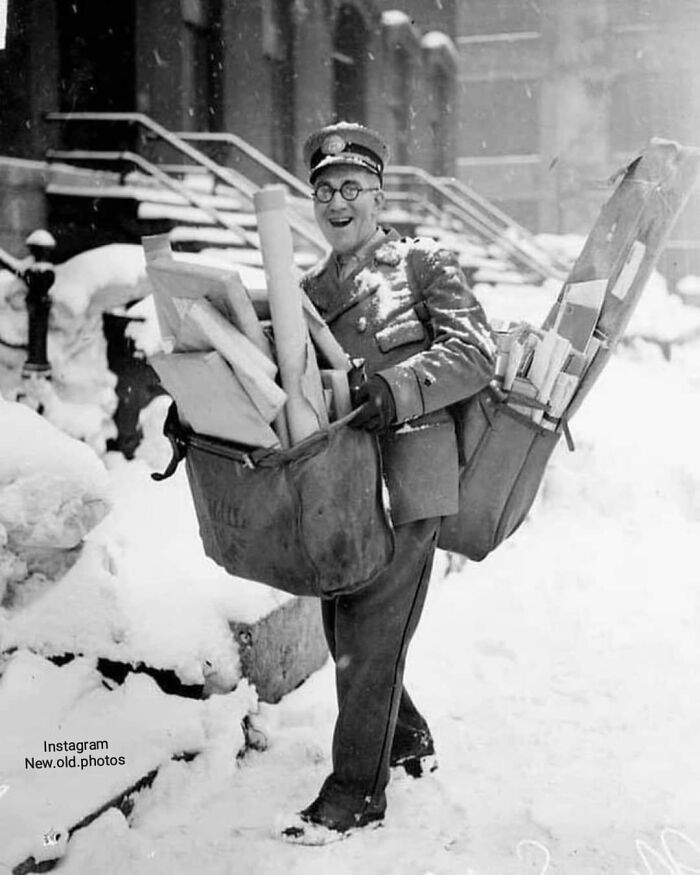


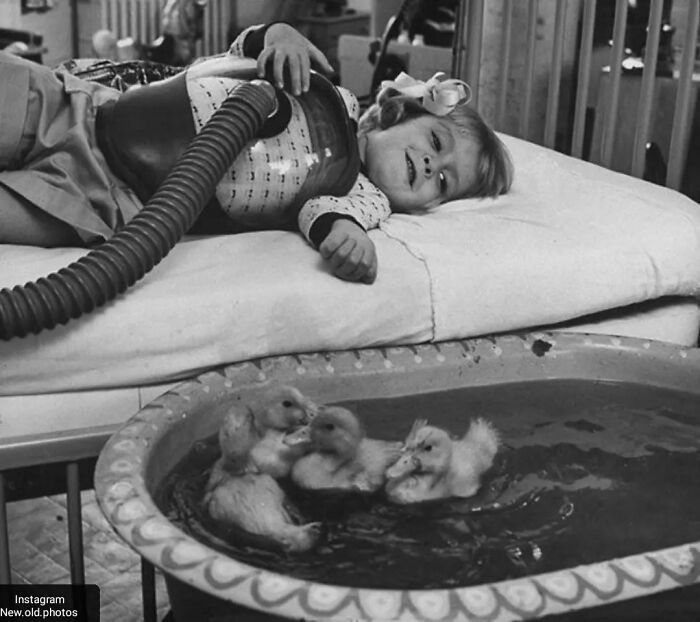





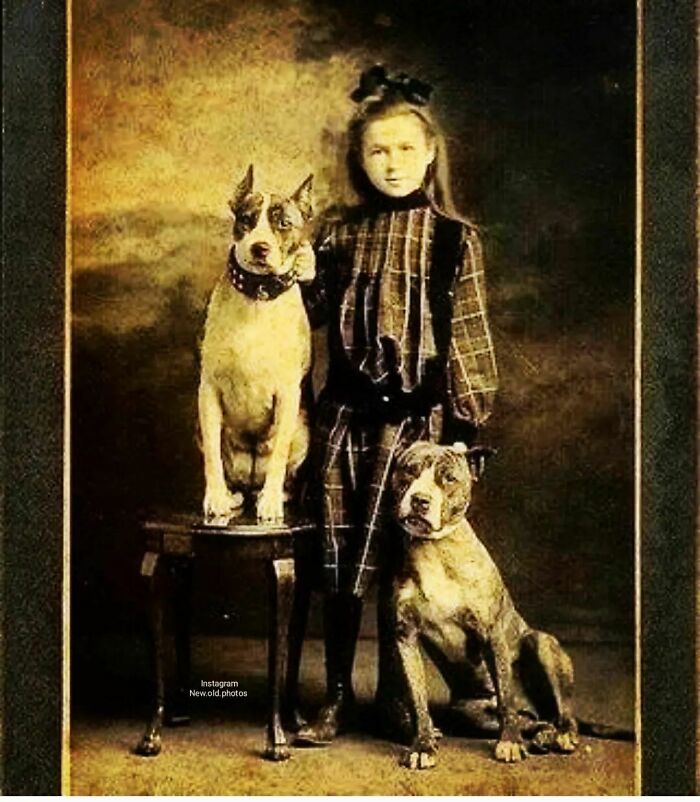


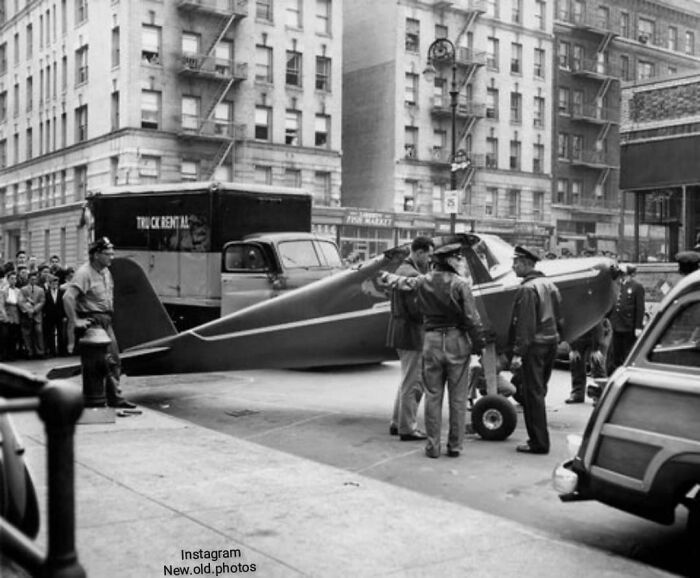


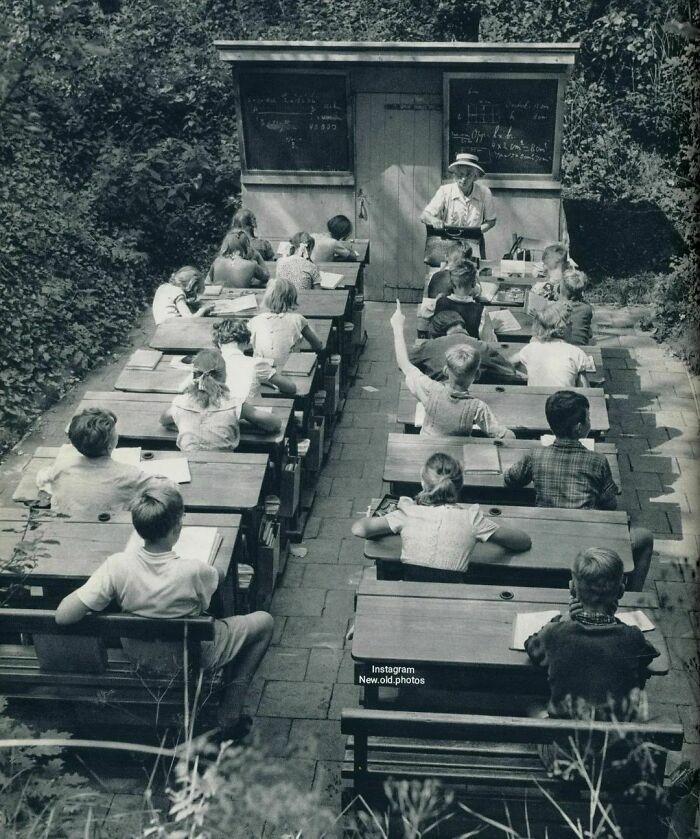





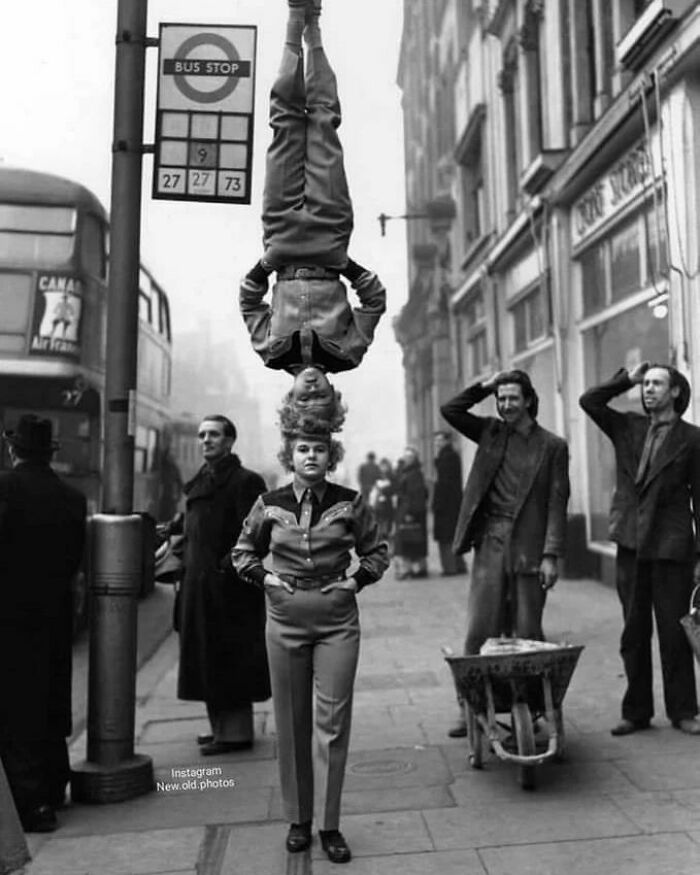





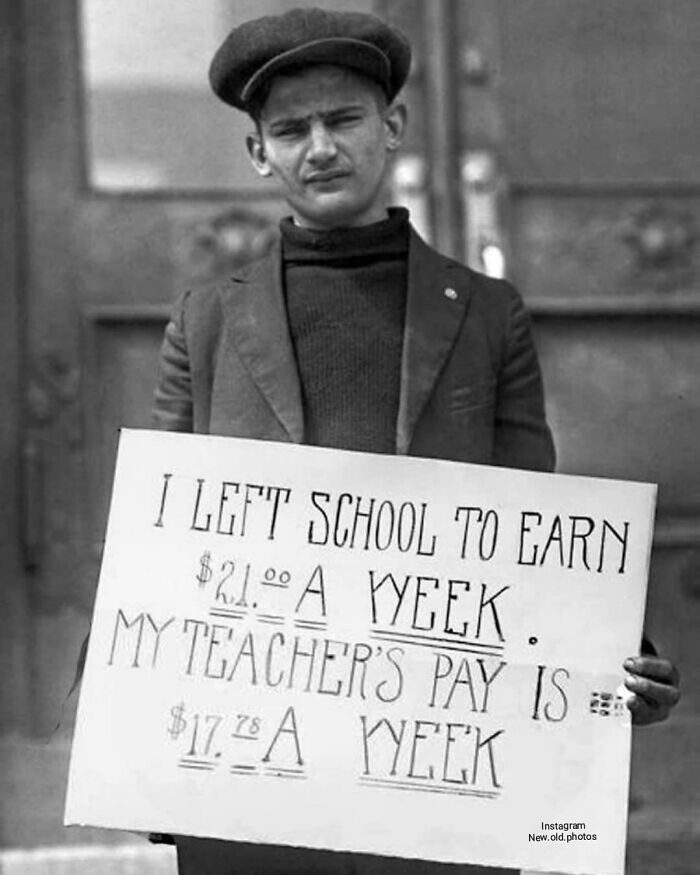


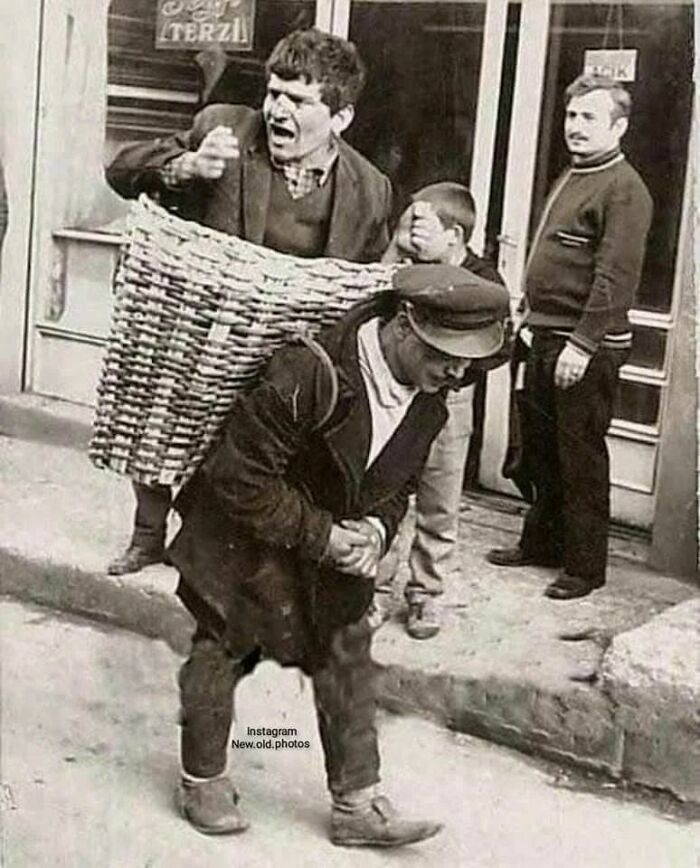


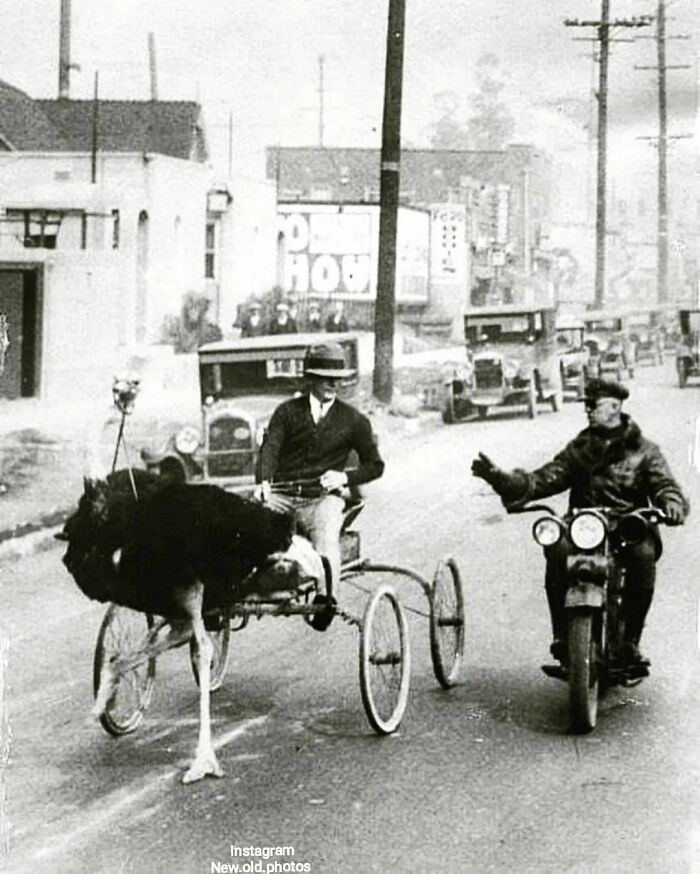





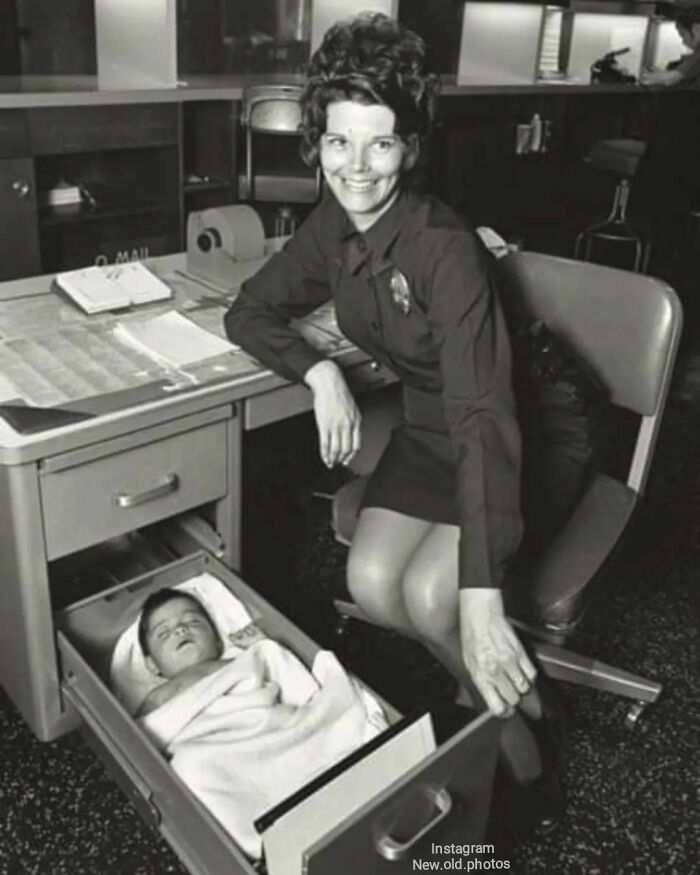


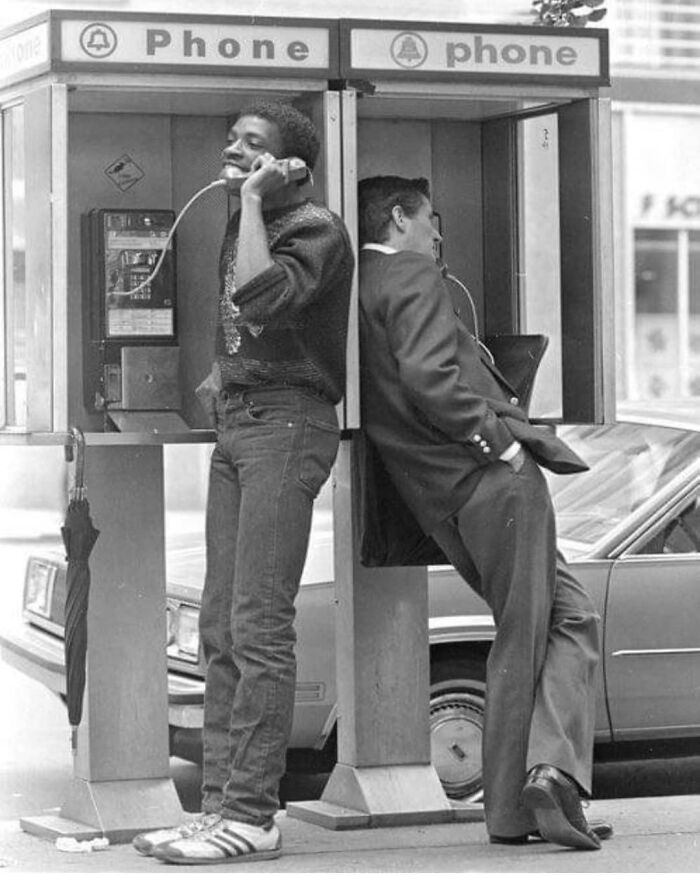


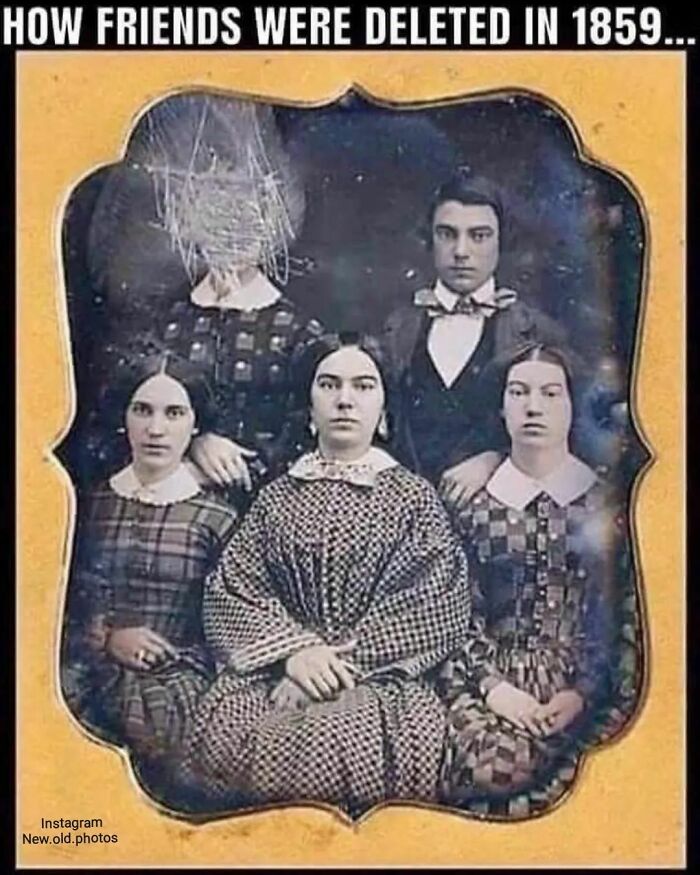


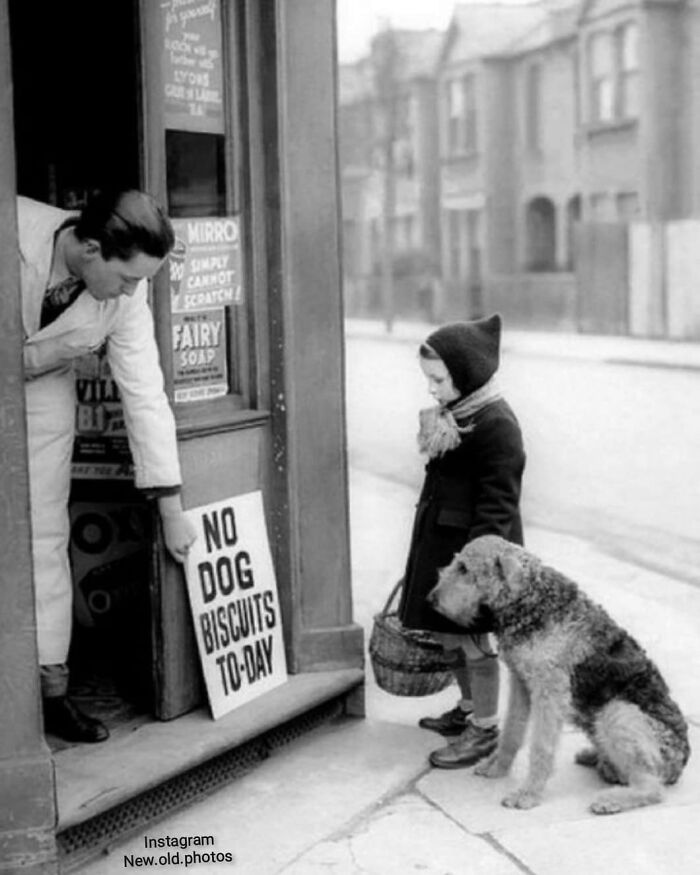





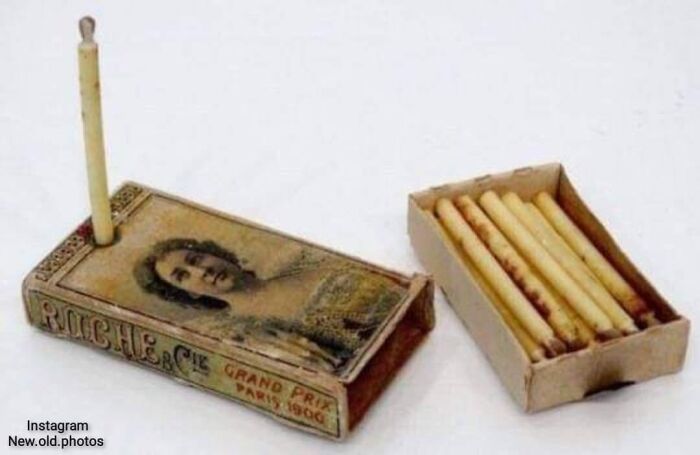








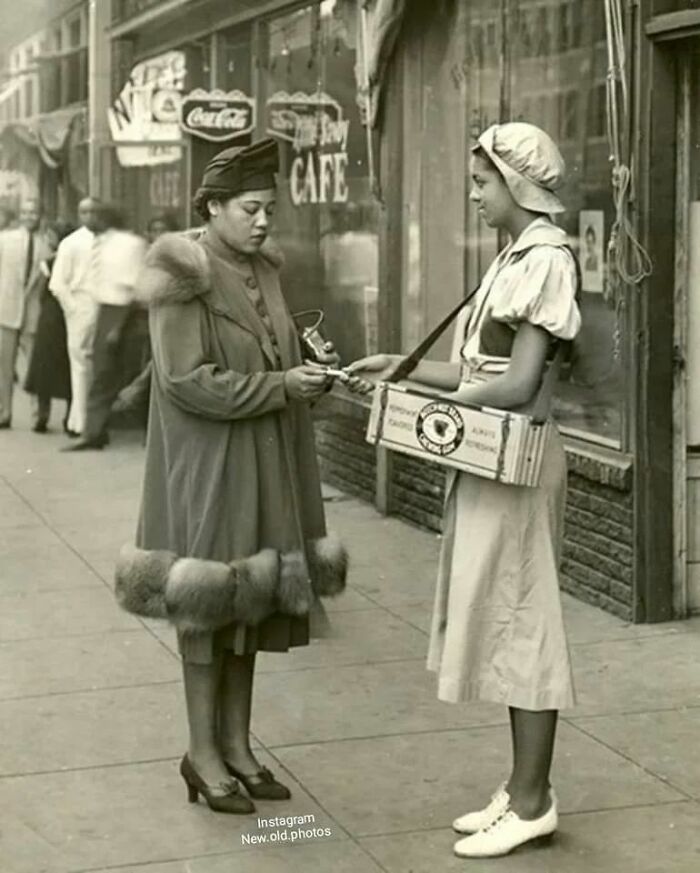




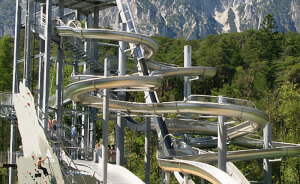

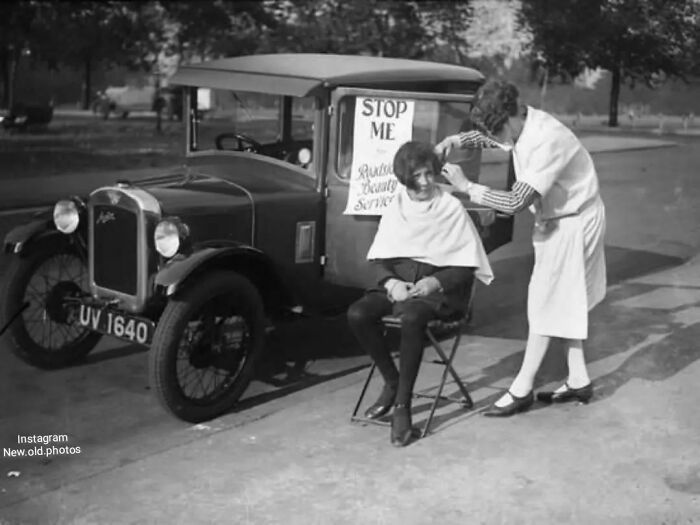








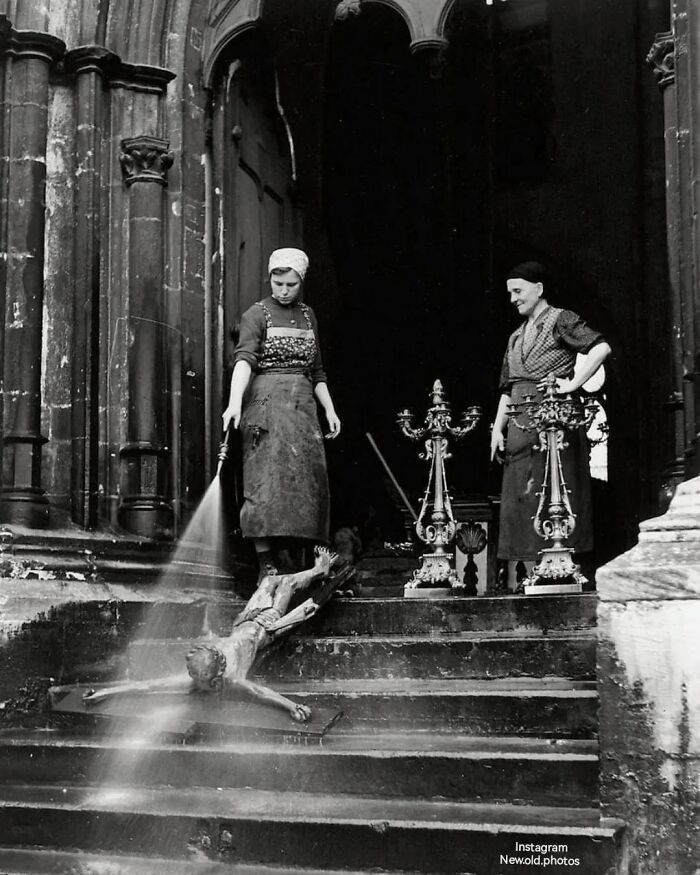


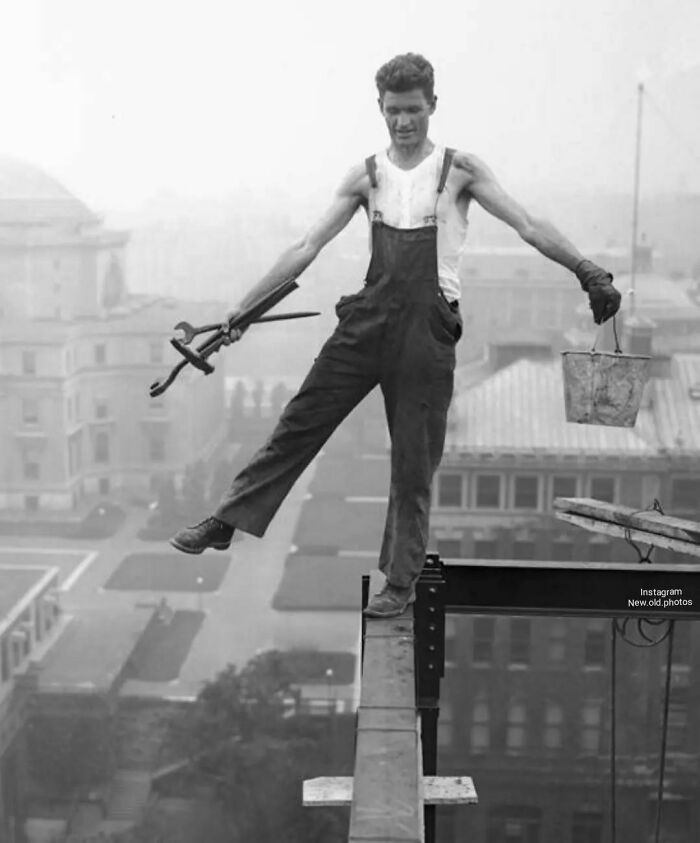





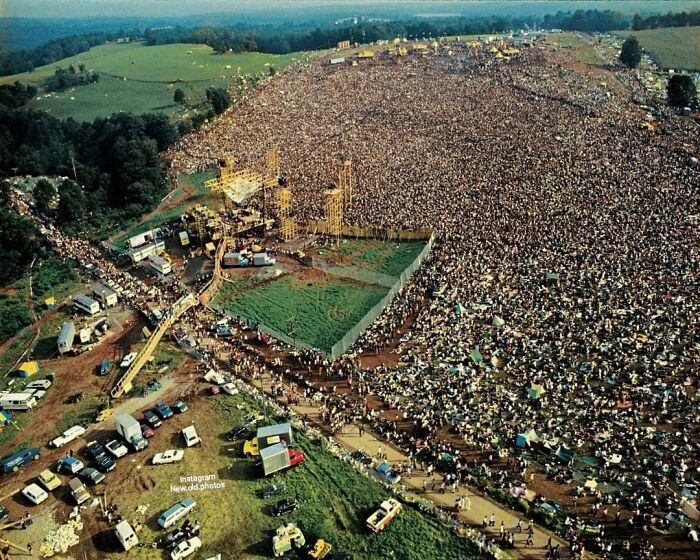



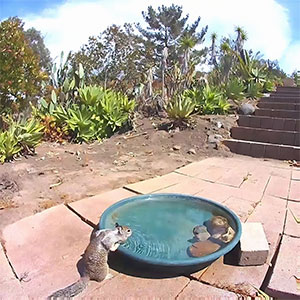
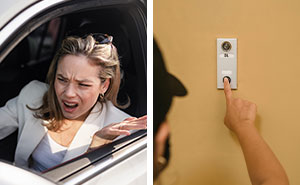
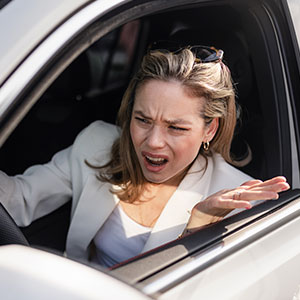
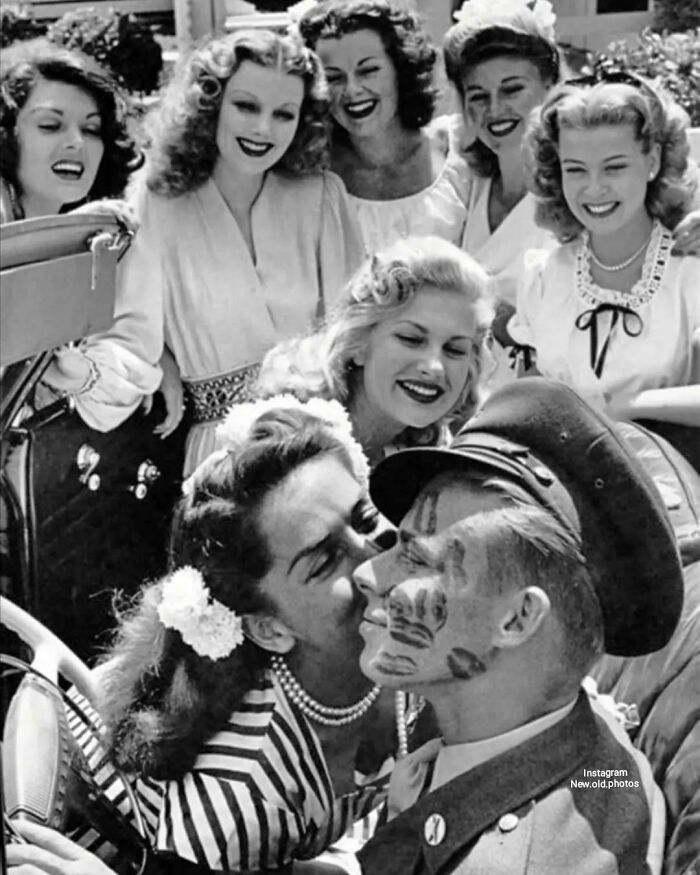


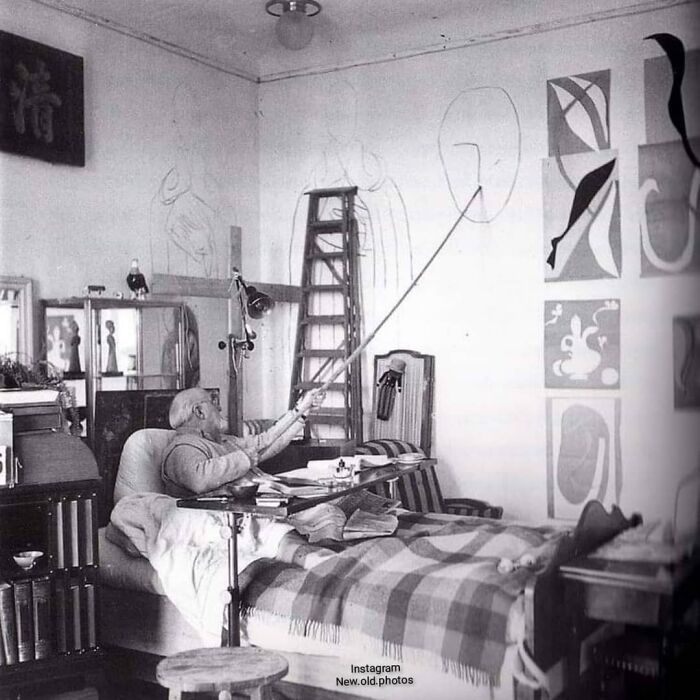


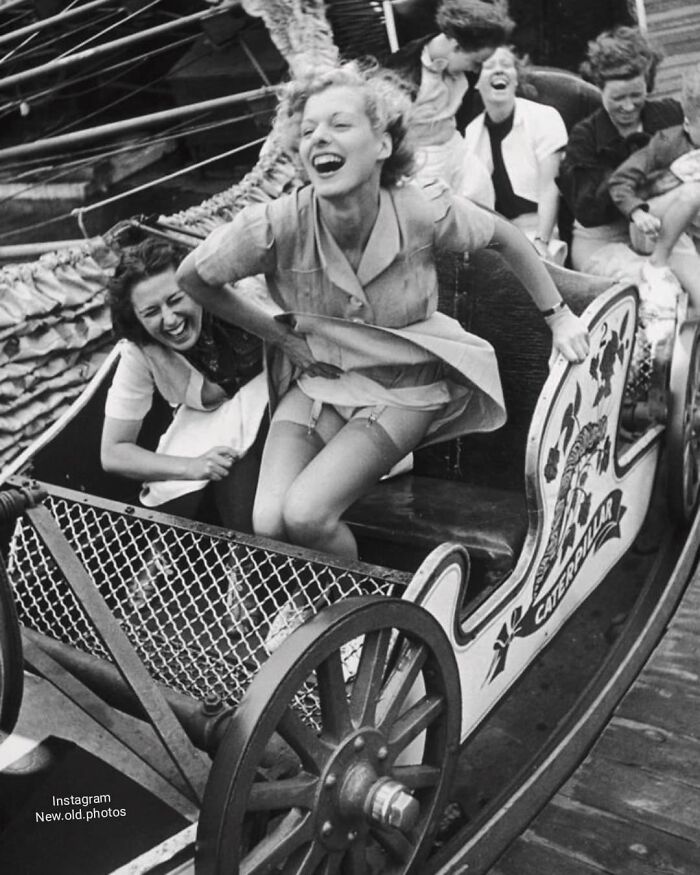


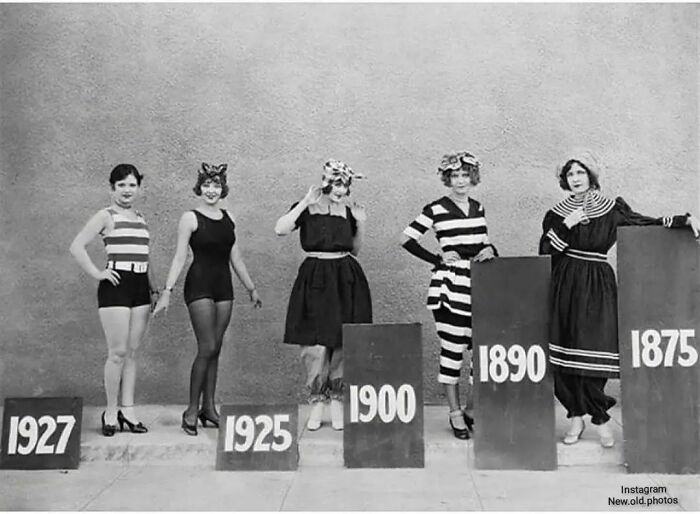


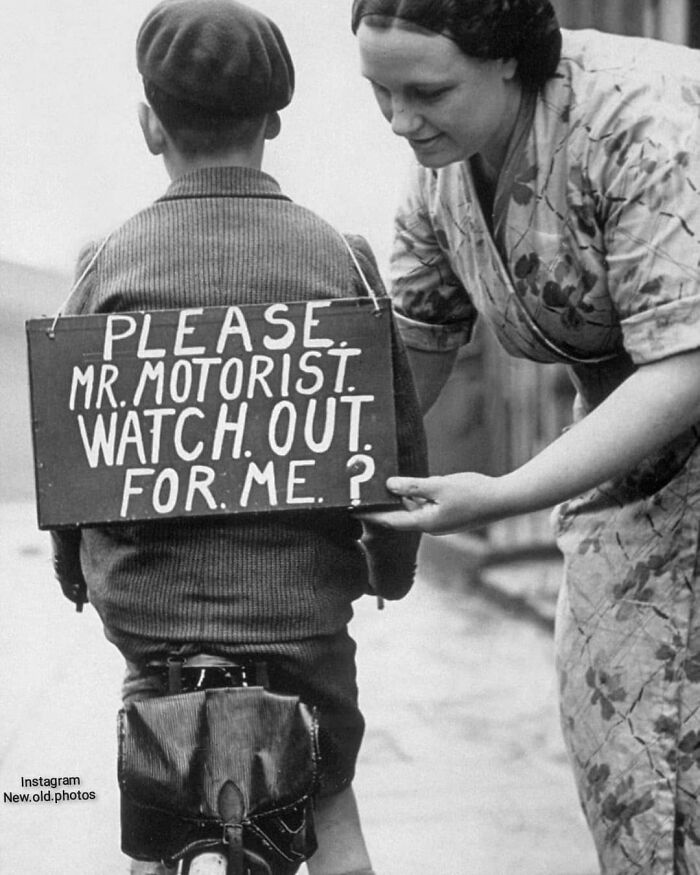





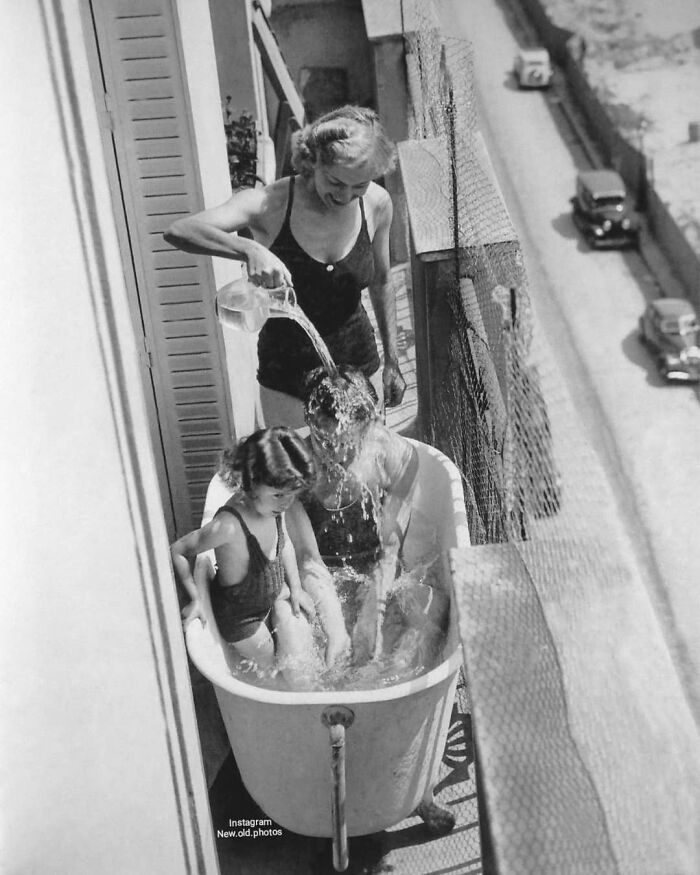

![]()
